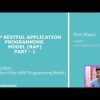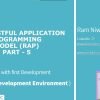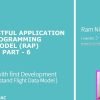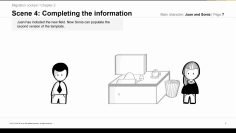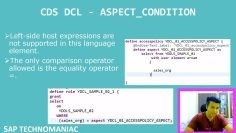This tutorial continues the exploration of the ABAP RESTful Application Programming (RAP) model, emphasizing the behavior and runtime implementation of business objects. The presenter provides insights into how business objects are structured, their interactions, and the underlying mechanisms that drive their functionality.
Key topics covered in the session:
- Introduction to Business Object Behavior: The presenter discusses the behavior of business objects, highlighting their structure, behavior, and runtime implementation.
- RAP Architecture Overview: A brief recap of the RAP architecture is provided, focusing on data modeling, business service provisioning, and service consumption.
- Behavior Definition: The behavior of business objects is defined using a new ABAP repository object called Behavior Definition. This definition is written in Behavior Definition Language (BDL) and outlines operations, field properties, and behavior characteristics.
- Operations and Field Properties: The presenter elaborates on the operations that can be performed on business objects, such as create, update, and delete. Additionally, field properties like read-only attributes and mandatory fields are discussed.
- Runtime Implementation: When users interact with business objects, their actions are stored in a transactional buffer. Once all interactions are complete, the data is persisted to the database upon the user’s confirmation.
- Transactional Buffer: This intermediate storage holds data during user interactions with business objects. It ensures that data integrity is maintained until the final save operation is triggered.
- Practical Demonstration: The presenter showcases a behavior definition in the system, highlighting the various components and their relationships.




